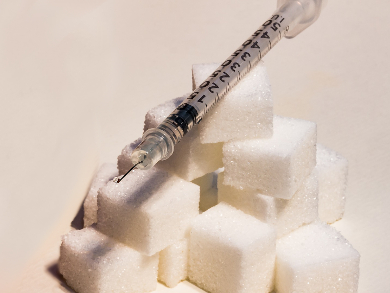Repaglinide is an anti-diabetic drug for the treatment of type-2 diabetes mellitus. It lowers blood glucose by stimulating the release of insulin from the pancreas. A common problem are impurities, which may influence the quality and safety of the drug. impurities above 0.1 % (area % measured by high-performance liquid chromatography (HPLC)) must be identified and characterized as stated by regulatory authorities. The detection of impurities below this threshold can be extremely challenging.
Parthasarathi Das, CSIR‐Indian Institute of Integrative Medicine, Jammu, India, and colleagues have detected seven up to this point unknown impurities below 0.1 % in Repaglinide using ultra-performance liquid chromatography (UPLC). They characterized these impurities using 1H-NMR, 13C-NMR, mass spectrometry (MS), and infrared (IR) spectroscopy. Compounds such as, 4-(cyanomethyl)-2-ethoxybenzoic acid, 4-(cyanomethyl)-2-ethoxy-N-(3-methyl-1-(2-(piperidin-1-yl)phenyl)butyl)benzamide, and 2-(4-(cyclohexylcarbamoyl)-3-ethoxyphenyl) acetic acid were found.
Furthermore, the team found the origin of these impurities during the synthesis of Repaglinide and developed a strategy to lower their respective concentration in the penultimate step of Repaglinide synthesis. According to the researchers, this information could be useful for process chemists working in this area.
- Identification, isolation, and synthesis of seven novel impurities of anti-diabetic drug Repaglinide,
Prasad Kancherla, Srinivas Keesari, Pallavi Alegete, Mukkanti Khagga, Parthasarathi Das,
Drug Test. Analysis 2017.
DOI: 10.1002/dta.2207




